Nissan Car Symbols and Meanings: Warning!
Nissan car symbols on the dashboard provide valuable information about the vehicle’s condition and performance.
Common Nissan symbols include Check Engine, Battery Charge Warning, Oil Pressure Warning, Tire Pressure Warning, Temperature Warning. Each alerts to specific issues for prompt action.
Understanding Nissan car symbols is essential for proper vehicle maintenance and can prevent potential issues from escalating.
Each symbol has a specific meaning:
By promptly attending to these warnings, you can ensure that your Nissan remains reliable and safe on the road.
Keeping an eye on Nissan car symbols allows drivers to swiftly address any issues, maintaining the vehicle
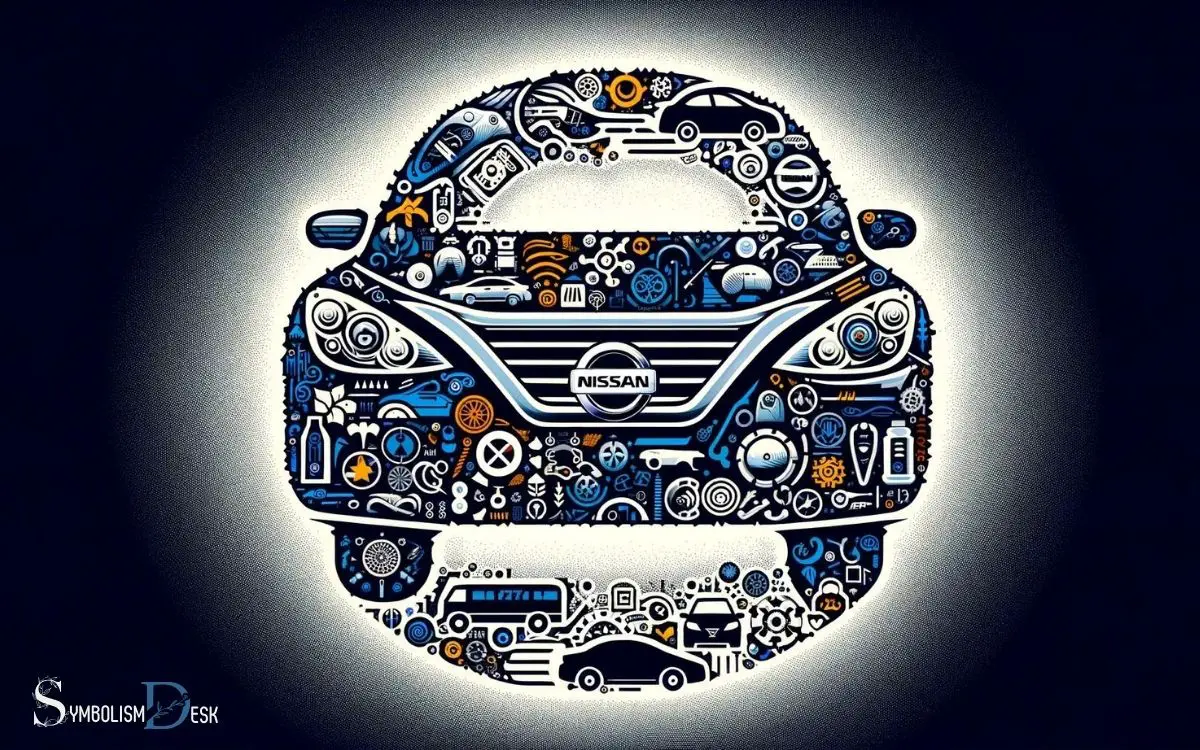
Key Takeaway
Dashboard Warning Symbols
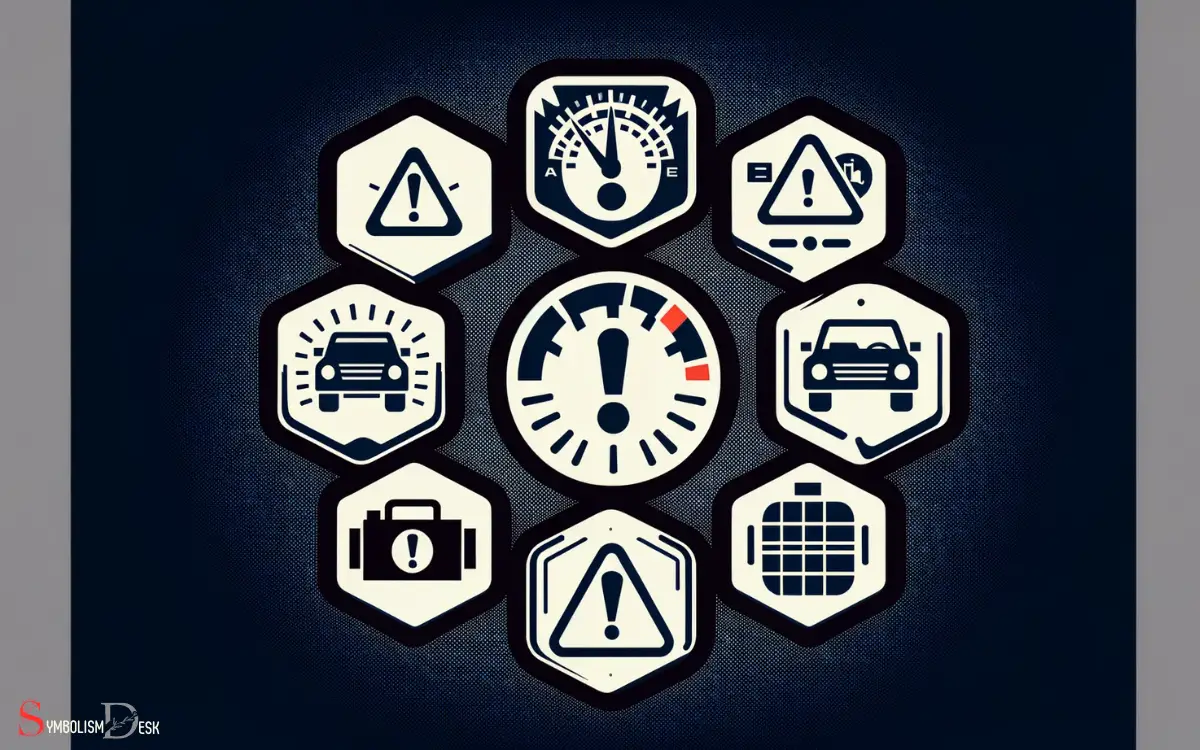
When driving a Nissan vehicle, you should pay attention to the dashboard warning symbols as they indicate important information about the car’s status. When driving a Nissan vehicle, you should pay attention to the dashboard warning symbols as they indicate important information about the car’s status. For example, the genie lamp warning in car, which resembles an oil can with a spout, typically signals low oil pressure or the need for an oil change. Ignoring this warning can lead to serious engine damage, so it’s essential to address the issue promptly to maintain your vehicle’s performance and longevity.
These symbols can alert the driver to issues such as low tire pressure, engine problems, or potential safety concerns.
For instance, the exclamation point inside a tire shape warns about low tire pressure, while the engine-shaped icon indicates an issue with the engine or its components.
Understanding these symbols is crucial for maintaining the car’s performance and safety. It is recommended to consult the owner’s manual to familiarize oneself with all the dashboard warning symbols specific to the Nissan model being driven.
Familiarity with these symbols can help drivers take appropriate action when necessary. Moving on to the engine and powertrain symbols…
Engine and Powertrain Symbols
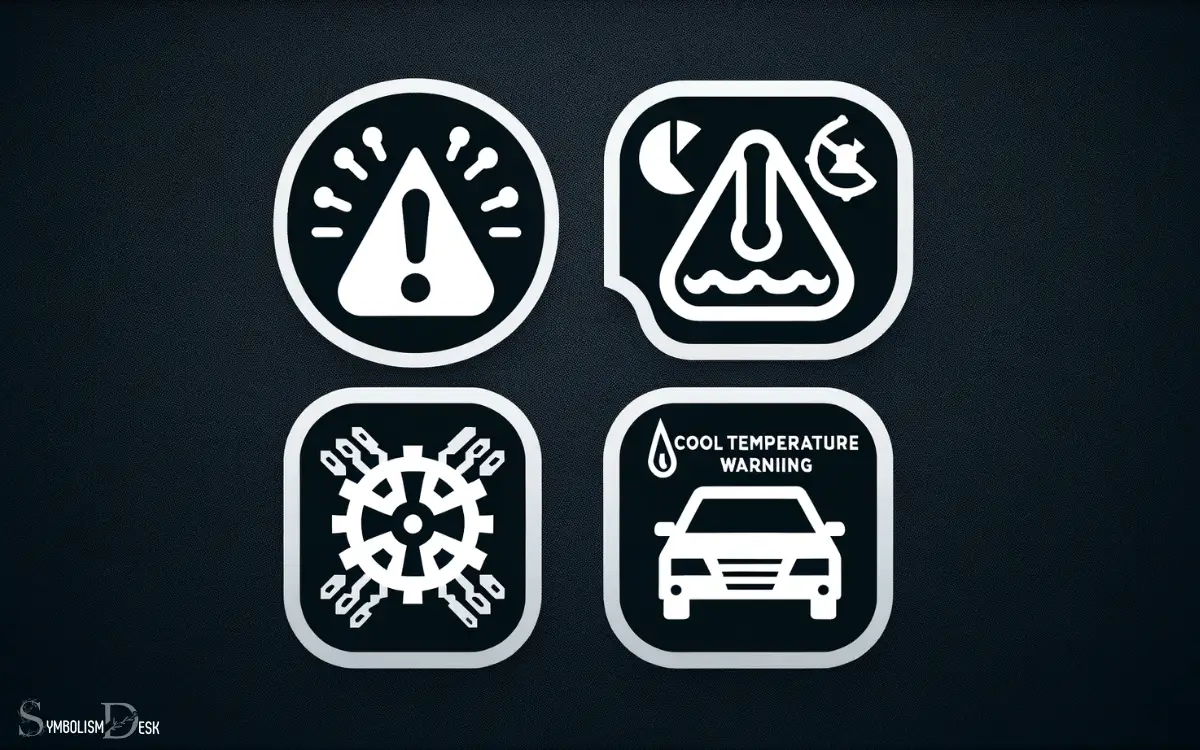
The dashboard of a Nissan vehicle features various symbols related to the engine and powertrain, each providing important information about the car’s mechanical systems.
One common symbol is the check engine light, indicating issues with the engine or emissions control system.
Another symbol is the oil pressure warning light, which alerts the driver to low oil pressure that could lead to engine damage.
Additionally, the battery warning light signals a problem with the vehicle’s charging system. A symbol resembling an engine block often represents a fault in the engine itself, prompting immediate attention.
Understanding these symbols is crucial for maintaining the vehicle’s performance and preventing potential damage.
By recognizing and addressing these symbols promptly, drivers can ensure the longevity and reliability of their Nissan vehicle’s engine and powertrain.
Transmission and Drivetrain Symbols
Symbols related to the transmission and drivetrain in a Nissan vehicle provide crucial information about the car’s mechanical systems.
These symbols are essential for understanding the status and potential issues with the transmission and drivetrain.
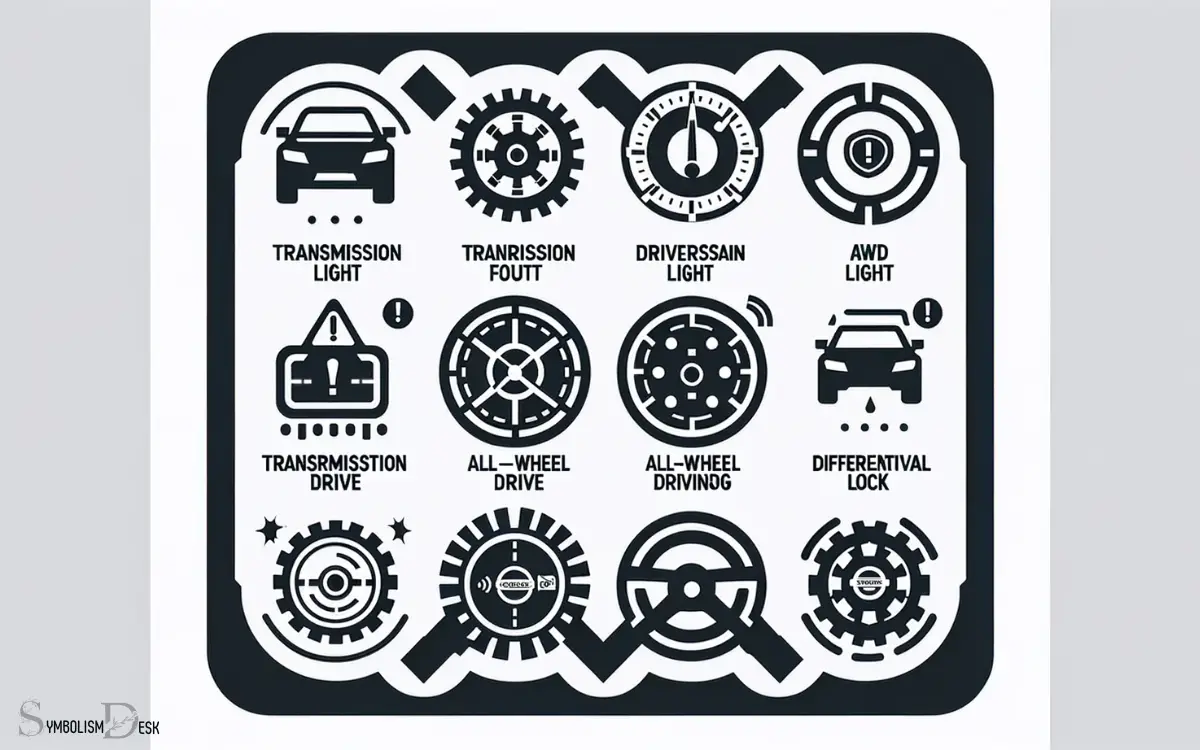
Here is a table outlining some common transmission and drivetrain symbols found in Nissan vehicles:
| Symbol | Meaning |
|---|---|
| AT | Automatic Transmission |
| MT | Manual Transmission |
| 4WD | Four-Wheel Drive |
| AWD | All-Wheel Drive |
| LSD | Limited Slip Differential |
Understanding these symbols can help Nissan owners interpret their vehicle’s status and address any potential problems with the transmission and drivetrain promptly and effectively.
Brake System Symbols
The brake system symbols in a Nissan car are crucial indicators of potential issues with the vehicle’s braking system.
Understanding these warning lights is essential for maintaining the safety and performance of the vehicle.
Deciphering these symbols can help drivers identify when brake maintenance is necessary, ensuring the continued reliability of the braking system.
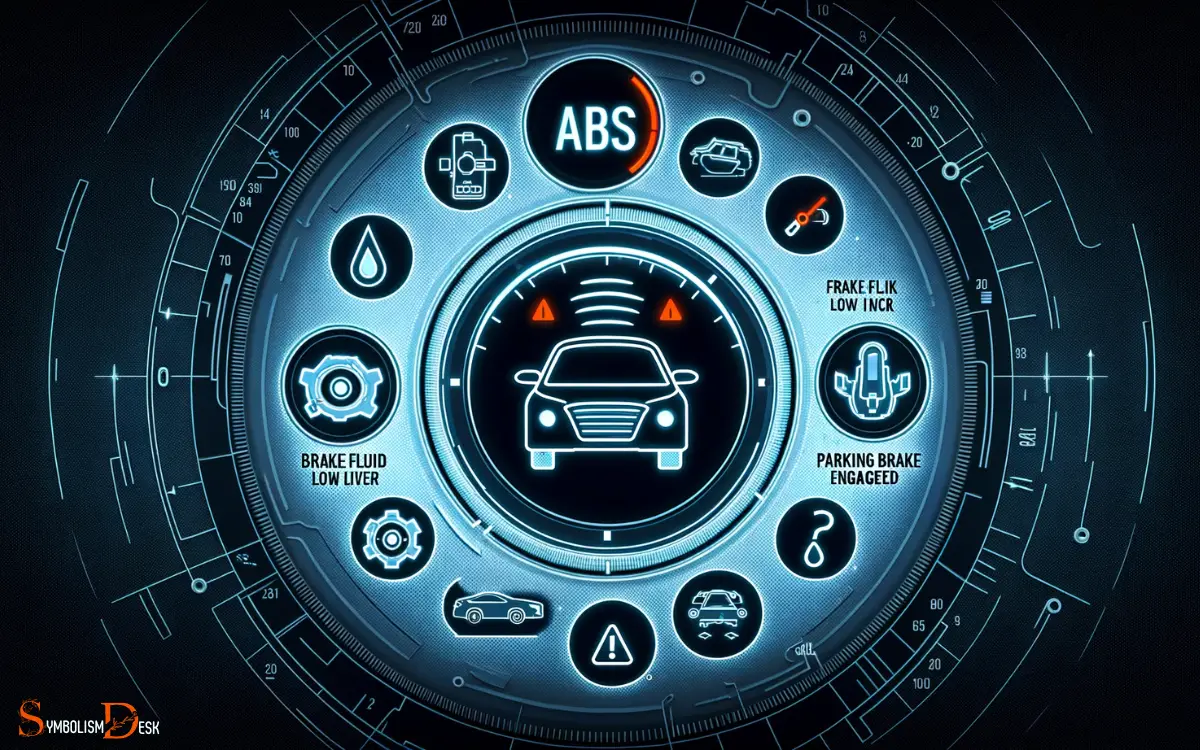
Understanding Brake Warning Lights
Brake warning lights illuminate when the brake system requires attention. These lights typically indicate issues such as low brake fluid, worn brake pads, or a problem with the anti-lock braking system (ABS).
It’s crucial to address any brake warning light promptly to ensure the safety and performance of the vehicle. When the light comes on, the driver should first check the parking brake to ensure it is fully released.
If the parking brake is not the issue, it’s important to have the brake system inspected by a qualified technician. Ignoring the brake warning light can lead to decreased braking performance and potential safety hazards.
Therefore, understanding the significance of brake warning lights is vital for maintaining a properly functioning brake system and ensuring safe driving conditions.
Importance of Brake Maintenance
One important aspect of maintaining Nissan vehicles is ensuring proper brake system maintenance. Neglecting brake maintenance can lead to decreased braking performance and potential safety hazards.
To keep the brake system in optimal condition, Nissan car owners should:
- Regularly check the brake fluid level and ensure it is within the recommended range.
- Have the brake pads and rotors inspected at regular intervals, as worn-out brake pads can affect braking efficiency.
- Pay attention to any brake warning lights or unusual noises, as these could indicate potential issues with the brake system that require immediate attention.
Deciphering Brake System Symbols
Upon starting their Nissan vehicle, drivers may notice a specific symbol illuminated on the dashboard, indicating the status of the brake system.
The brake system warning light typically resembles an exclamation point inside a circle, often accompanied by the word “BRAKE.”
This symbol illuminates when the vehicle’s onboard computer detects an issue with the braking system.
It could indicate low brake fluid, worn brake pads, or a problem with the anti-lock braking system (ABS).
When this light comes on, it is crucial to have the brake system inspected immediately by a qualified technician.
Ignoring this warning could lead to compromised braking performance and potential safety hazards.
Understanding and promptly addressing brake system symbols is essential for maintaining a safe and reliable driving experience in Nissan vehicles.
Safety and Security Symbols
When driving a Nissan vehicle, it is important to be familiar with the safety and security symbols to ensure a secure and protected driving experience.
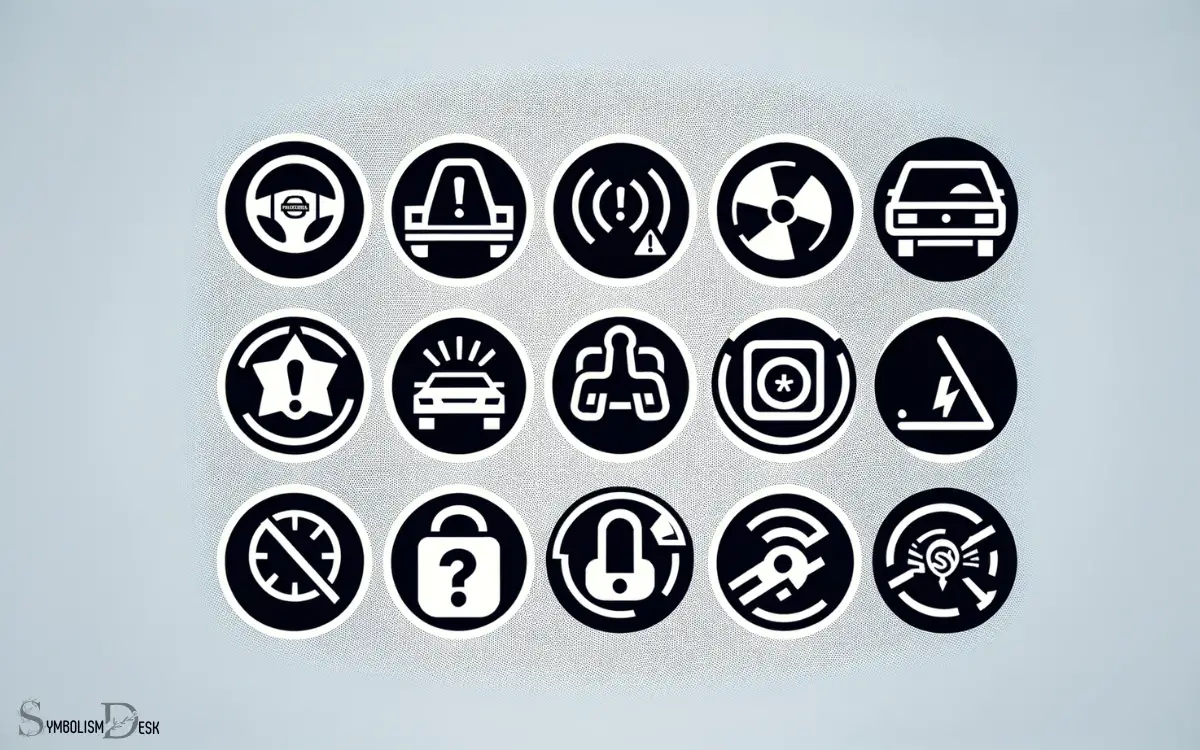
Here are three essential safety and security symbols to look out for:
- Airbag System Warning Light: This symbol indicates an issue with the airbag system and should be inspected by a qualified technician immediately.
- Security Indicator Light: This symbol signifies that the vehicle’s security system is active. It should turn off once the ignition is turned on and the system is disarmed with a valid key.
- Tire Pressure Monitoring System (TPMS) Warning Light: This symbol alerts the driver to low tire pressure, which can affect vehicle handling and safety.
Understanding these symbols will help Nissan drivers stay informed and proactive about their vehicle’s safety and security features.
Lighting and Visibility Symbols
Nissan vehicles are equipped with various lighting and visibility symbols that provide important information to the driver. These symbols include indicators for headlight beam adjustment, fog light activation, and rear defrost function.
Understanding the meanings of these symbols is crucial for ensuring proper visibility and safety while driving.
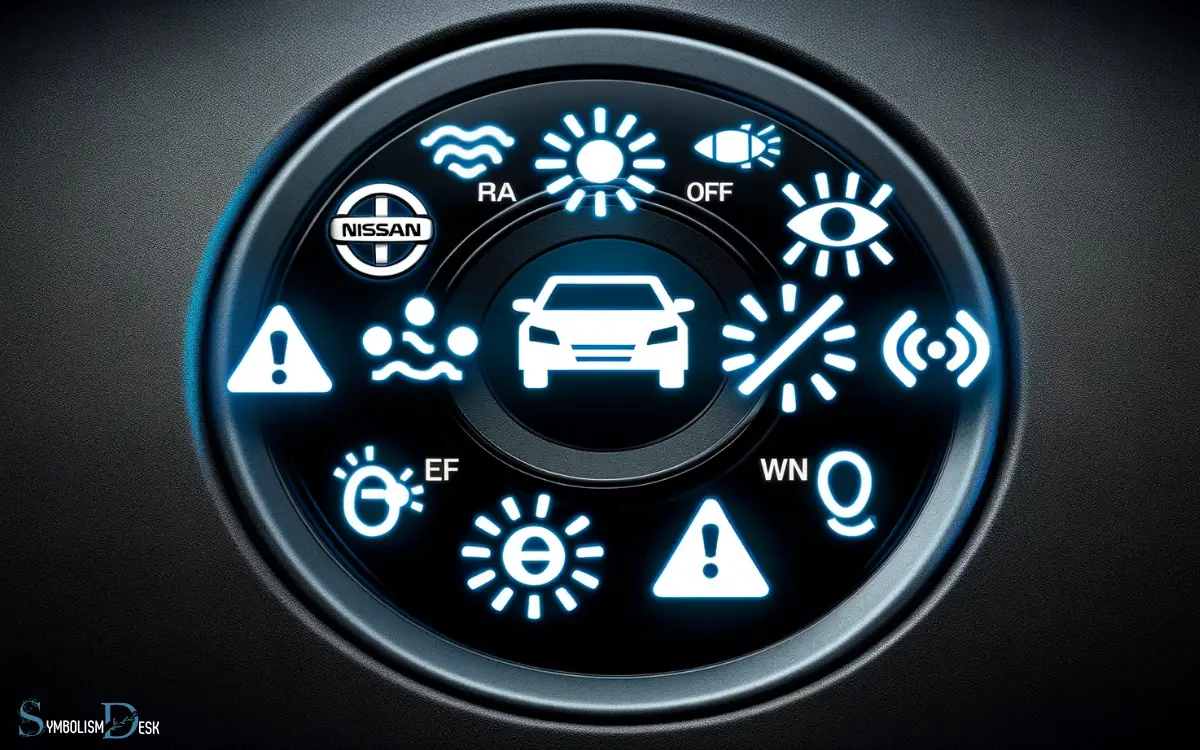
Headlight Beam Adjustment
As drivers operate their Nissan vehicles, it is important to understand the headlight beam adjustment to optimize lighting and visibility.
Here are three key points to consider:
- Proper Alignment: Correct alignment of the headlight beams ensures that the light is directed onto the road ahead, maximizing visibility without blinding oncoming drivers.
- Vehicle Load Adjustment: It’s essential to adjust the headlight beams when carrying heavy loads or additional passengers to maintain optimal lighting and prevent glare.
- Regular Maintenance: Periodic checks and adjustments to the headlight beam alignment are crucial to ensure consistent lighting performance and safe driving, especially after any impact to the vehicle.
Understanding and implementing these headlight beam adjustment practices can significantly enhance driving safety and visibility, particularly during nighttime or adverse weather conditions.
Fog Light Indicator
The fog light indicator on Nissan vehicles serves as a crucial lighting and visibility symbol for drivers.
It alerts the driver when the fog lights are engaged, enhancing visibility in foggy or misty conditions. When the fog lights are activated, the indicator light on the dashboard illuminates, informing the driver that the low, wide-reaching beams are in use.
This feature helps to improve visibility for the driver while minimizing glare for oncoming traffic, making it safer to navigate through adverse weather conditions.
Understanding the fog light indicator and its function is essential for drivers to use it effectively and maintain safe driving practices in low-visibility situations.
Rear Defrost Function
Activated by the driver to clear condensation and ice from the rear window, the rear defrost function in Nissan vehicles improves visibility and safety in adverse weather conditions.
Here are three key points about the rear defrost function:
- Automatic Activation: When the driver activates the vehicle’s rear defrost function, it automatically turns on the rear defroster and, in some models, the side mirrors defrosters.
- Indicator Light: Once activated, a symbol on the dashboard illuminates to indicate that the rear defrost function is in use. This serves as a visual reminder for the driver.
- Time Limit: The rear defrost function typically operates for a predetermined period before automatically turning off, ensuring energy efficiency while effectively clearing the rear window.
The rear defrost function significantly enhances visibility, contributing to safer driving in challenging weather conditions.
Miscellaneous Symbols
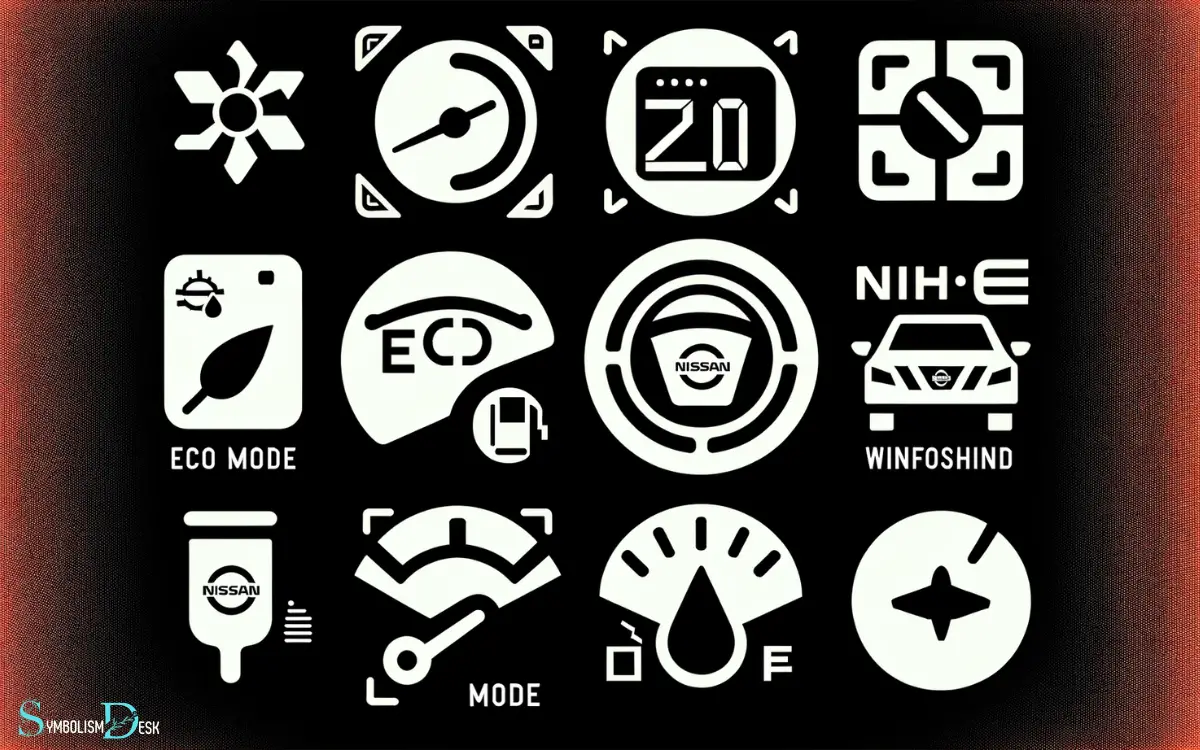
Nissan cars often display miscellaneous symbols on the dashboard, conveying important information about the vehicle’s status and functions. These symbols can include indicators for low fuel, low tire pressure, door ajar, seatbelt reminder, and many others.
The low fuel symbol, for example, alerts the driver when the fuel level is running low and it’s time for a refill. The low tire pressure symbol indicates that one or more tires have low pressure and need to be inflated.
The door ajar symbol warns if a door is not closed properly. The seatbelt reminder symbol reminds occupants to fasten their seatbelts for safety.
Understanding these miscellaneous symbols is crucial for maintaining the vehicle’s optimal performance and ensuring the safety of the driver and passengers.
Conclusion
Understanding the symbols and meanings in your Nissan car is essential for maintaining safety and efficiency on the road.
By familiarizing yourself with these dashboard warning symbols, you can address potential issues before they become major problems.
Knowing the engine, transmission, brake, and safety symbols will help you stay aware of your car’s condition and take appropriate action when necessary. Stay informed and stay safe on the road.






